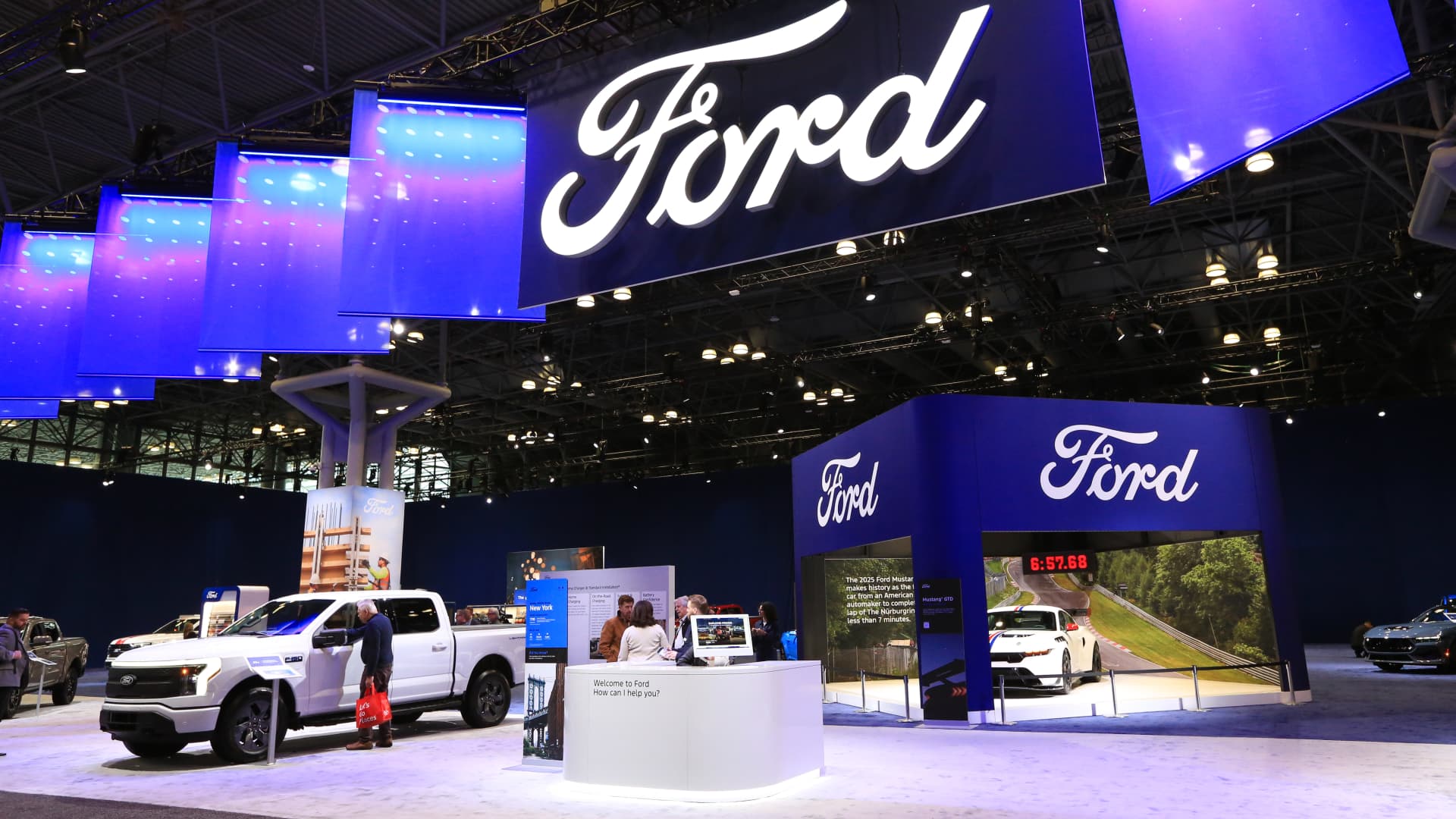The Impact of Tariff Fears on April Auto Sales
A Surge in April Sales
In April, the automotive industry witnessed a remarkable surge in sales, a trend largely attributed to consumer anxiety over impending tariffs. This behavior, termed “tariff fear-buying,” has led to a substantial uptick in vehicle purchases as consumers rush to avoid potential price increases. The rush to purchase vehicles before the tariffs take effect has been a key driver of this surge.
Automakers reported impressive year-over-year sales increases for April. Ford, for example, experienced a 16% boost in its April sales, with a significant increase in the sales of electrified vehicles. This trend is not isolated to Ford; other major automakers have also reported substantial gains. The urgency to purchase vehicles ahead of the tariffs has been a significant factor in this sales boom.
The Role of Tariff Fears
The anticipated 25% tariffs on auto imports, announced by President Donald Trump, have been a pivotal factor in this sales surge. Consumers, foreseeing higher prices, have been eager to purchase vehicles before the tariffs come into effect. This fear-buying has led to a depletion of inventory, with automakers and suppliers struggling to meet the demand. The tariffs, set to expand to applicable auto parts through May 3, are expected to increase costs for automakers, which could then be passed on to consumers, potentially leading to a slowdown in sales.
Inventory and Supply Chain Issues
As consumers rush to buy, inventory levels have significantly declined. This reduction in supply could lead to higher vehicle prices, further complicating market dynamics. Automakers and suppliers may be able to absorb some of the cost increases, but analysts expect that much of this burden will be passed on to consumers. This could result in a significant drop in sales once the tariff-free inventories are depleted.
The supply chain issues are not limited to the U.S. market. Global carmakers have warned of immediate price hikes, and dealers have raised fears of job losses in big auto-exporting countries. The tariffs could lead to a significant disruption in the global supply chain, with automakers and suppliers facing difficult decisions about production and pricing strategies.
The Impact on Consumers
For consumers, the tariffs mean higher prices and potentially fewer options. The Yale Budget Lab estimates that tariffs could increase vehicle prices by an average of 13.5%, adding $6,400 to the price of an average new 2024 vehicle. This price hike could deter many potential buyers, leading to a slowdown in sales. Some automakers, like Hyundai and Genesis, have pledged to keep prices flat until June, but this reprieve may not last.
The increased prices and reduced options could lead to a shift in consumer behavior. Some consumers may opt for used vehicles or delay their purchases, further impacting the market. The long-term effects on consumer confidence and spending habits remain to be seen.
The Global Impact
The tariffs have not only affected the U.S. market but have also sent ripples throughout the global automotive industry. Global carmakers have warned of immediate price hikes and dealers have raised fears of job losses in big auto-exporting countries. The tariffs could lead to a significant disruption in the global supply chain, with automakers and suppliers facing difficult decisions about production and pricing strategies.
The global impact of the tariffs adds another layer of complexity to the situation. Automakers and suppliers will need to navigate the challenges of tariffs, inventory management, and consumer demand on a global scale. The industry’s ability to adapt to these changes will be crucial in determining its future success.
The Future Outlook
Looking ahead, the automotive industry faces an uncertain future. While April saw a surge in sales, the coming months are likely to be challenging. Automakers will need to navigate the complexities of tariffs, inventory management, and consumer demand. The industry’s ability to adapt to these changes will be crucial in determining its future success.
The future outlook for the automotive industry is fraught with uncertainty. The tariff-driven sales surge of April is a temporary boon, but the challenges ahead are significant. Automakers will need to balance the need to pass on costs with the risk of deterring consumers. The global impact of the tariffs adds another layer of complexity. As the industry navigates these uncertainties, one thing is clear: the automotive landscape is set to change dramatically in the coming months.
Conclusion: A Crossroads for the Automotive Industry
The automotive industry stands at a crossroads. The tariff-driven sales surge of April is a temporary boon, but the challenges ahead are significant. Automakers will need to balance the need to pass on costs with the risk of deterring consumers. The global impact of the tariffs adds another layer of complexity. As the industry navigates these uncertainties, one thing is clear: the automotive landscape is set to change dramatically in the coming months. The resilience and adaptability of automakers and suppliers will be tested, and only time will tell how the industry will emerge from this period of upheaval.
The industry’s future will depend on its ability to innovate and adapt. Automakers and suppliers will need to find creative solutions to the challenges posed by tariffs and supply chain disruptions. The coming months will be a test of the industry’s resilience and adaptability. The automotive landscape is set to change dramatically, and the industry’s ability to navigate these changes will determine its future success.








